Introduction
As the popularity of solar panels continues to rise, many homeowners are considering adding battery storage to their solar energy systems. Battery storage allows you to store excess electricity generated by your solar panels for use during times when the sun isn't shining. However, determining the appropriate amount of battery storage for your solar panels can be a complex task. In this blog post, we will explore how to calculate the battery storage capacity you need based on real-life scenarios and provide a formula to help you make an informed decision.

Calculating Battery Storage Capacity
To determine the battery storage capacity required for your solar panels, you need to consider two main factors: your daily energy consumption and the number of days of autonomy you desire. Days of autonomy refers to the number of consecutive days you want your solar panels and batteries to provide power without relying on other sources, such as the grid.
Determine Daily Energy Consumption
Start by evaluating your average daily energy consumption in kilowatt-hours (kWh). This can be obtained from your utility bills or by using energy monitoring devices. For example, let's assume your daily energy consumption is 30 kWh.
Assess Desired Days of Autonomy
Next, determine the number of days you want your solar panels and batteries to sustain your energy needs without sunlight or grid power. This will depend on factors such as your location, weather conditions, and personal preferences. As an example, let's consider a scenario where you want your system to provide power for three consecutive days without sunlight or grid access.
Calculate Required Battery Capacity
To calculate the battery capacity needed, multiply your daily energy consumption by the desired days of autonomy. Using the example values, the calculation would be as follows:
Battery Capacity (kWh) = Daily Energy Consumption (kWh) x Days of Autonomy
Battery Capacity = 30 kWh x 3 days
Battery Capacity = 90 kWh
Therefore, you would need a battery storage capacity of 90 kWh to sustain your energy needs for three consecutive days without solar or grid power.
Real-Life Scenario
Let's consider a real-life scenario where you have a solar panel system that generates an average of 40 kWh per day. You want your system to provide power for two days of autonomy.
Battery Capacity = 40 kWh x 2 days
Battery Capacity = 80 kWh
In this case, a battery storage capacity of 80 kWh would be required to meet your energy needs for two consecutive days without sunlight or access to the grid.
Conclusion
Determining the appropriate battery storage capacity for your solar panels involves calculating your daily energy consumption and deciding on the desired number of days of autonomy. By using the formula mentioned above, you can estimate the battery capacity needed to sustain your energy requirements during periods without sunlight or grid power. Remember to consider factors such as weather patterns, geographic location, and your specific energy needs when making this calculation. Consulting with a solar energy professional can also provide valuable guidance in determining the optimal battery storage capacity for your solar panel system.












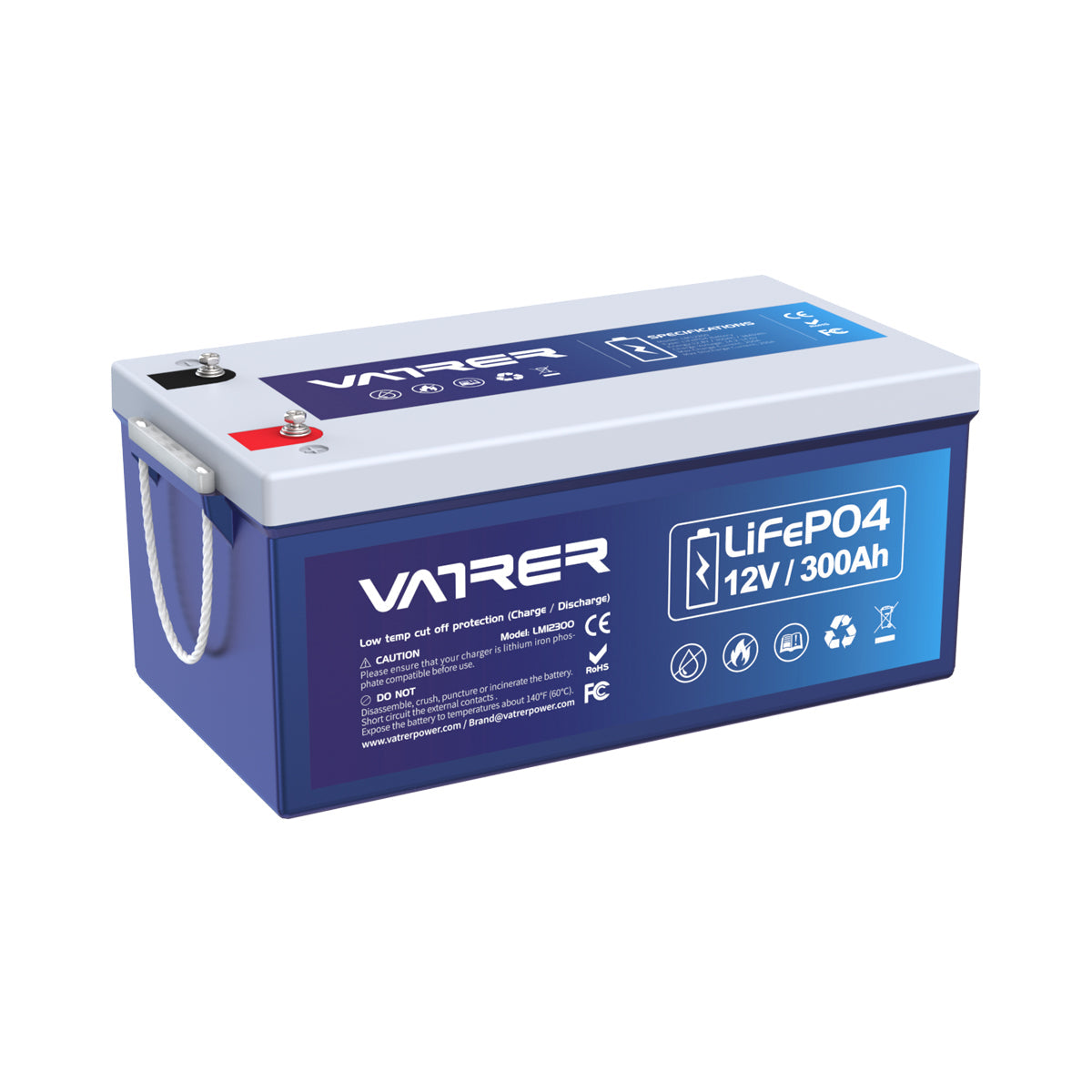

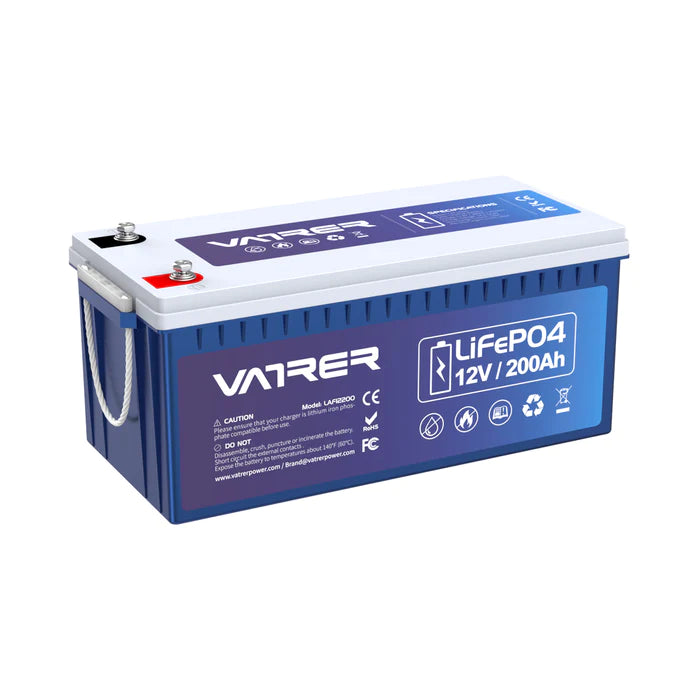
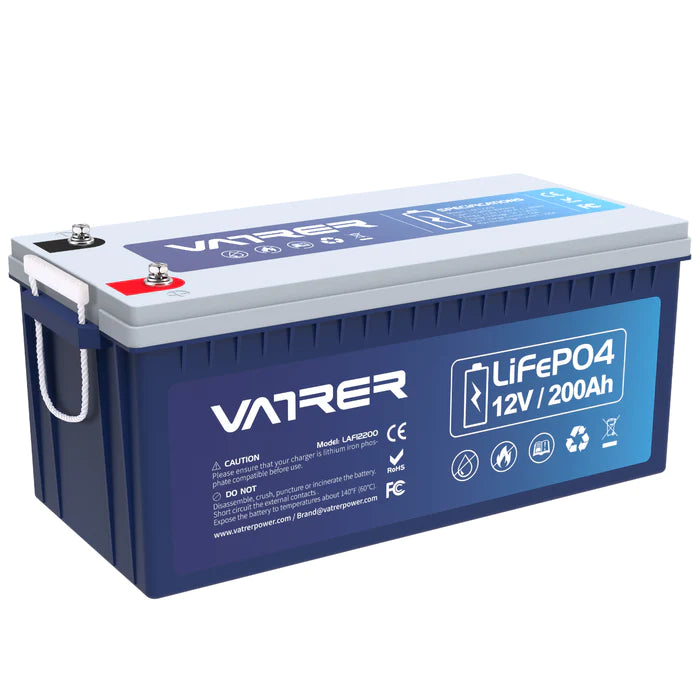
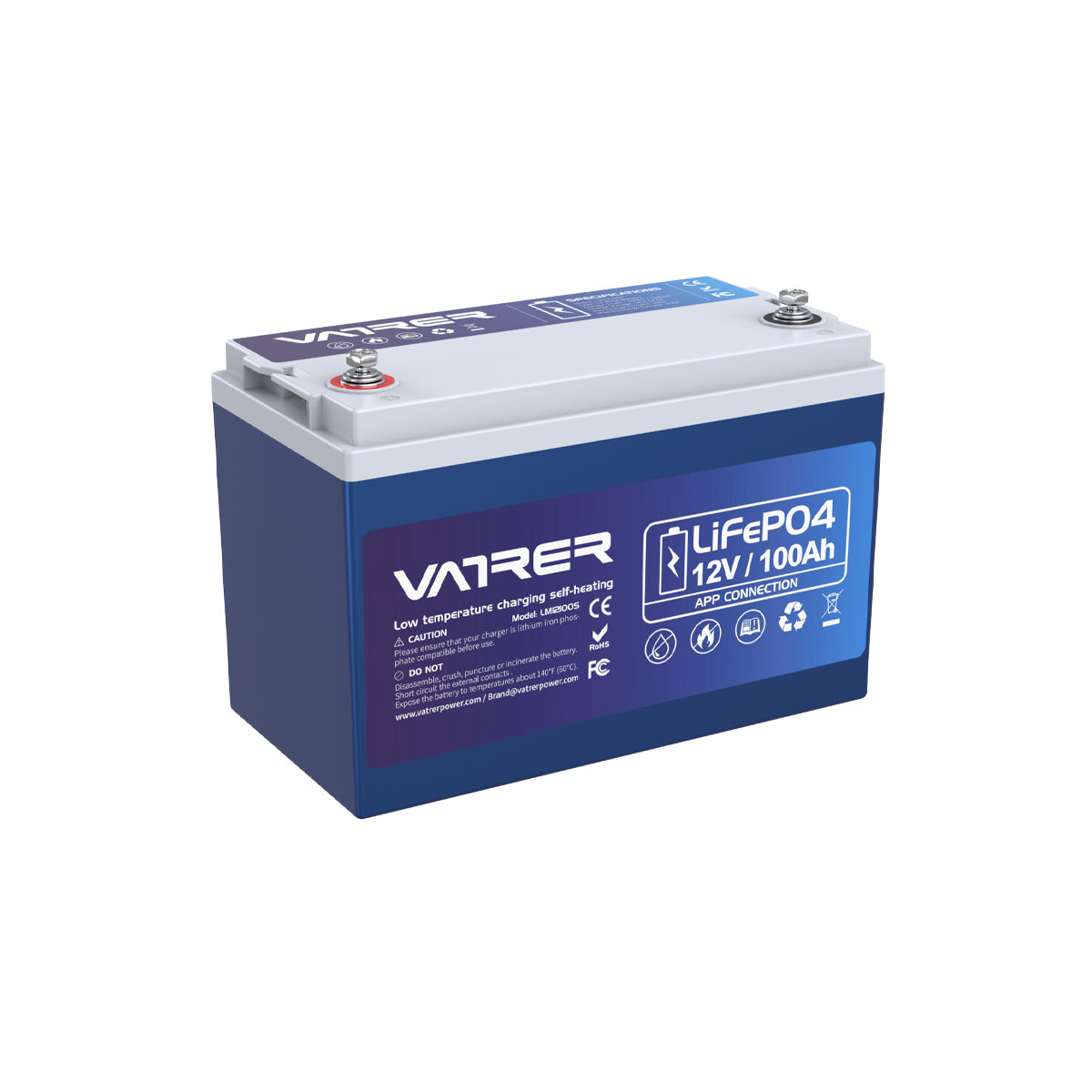
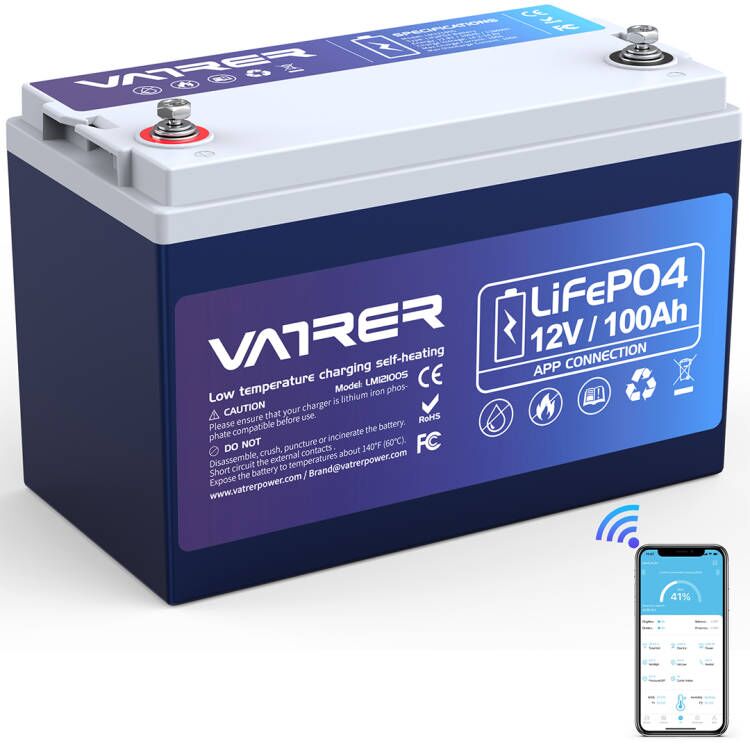
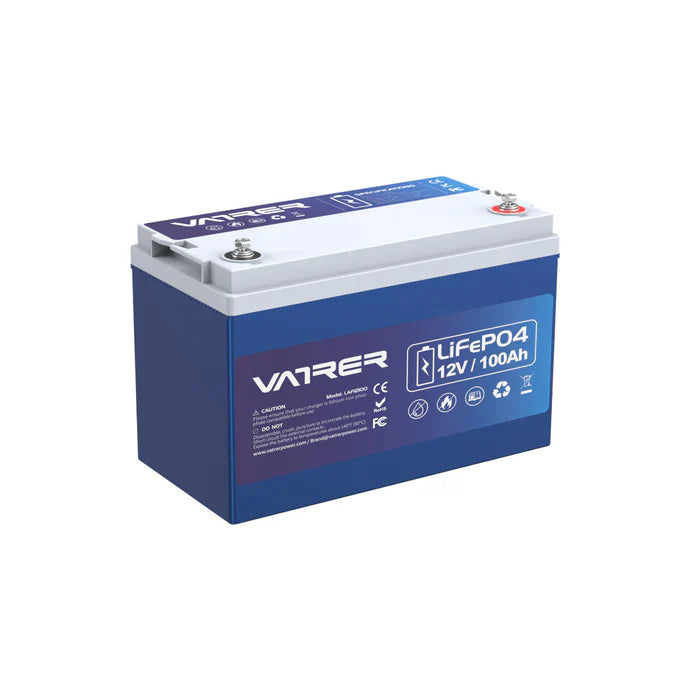
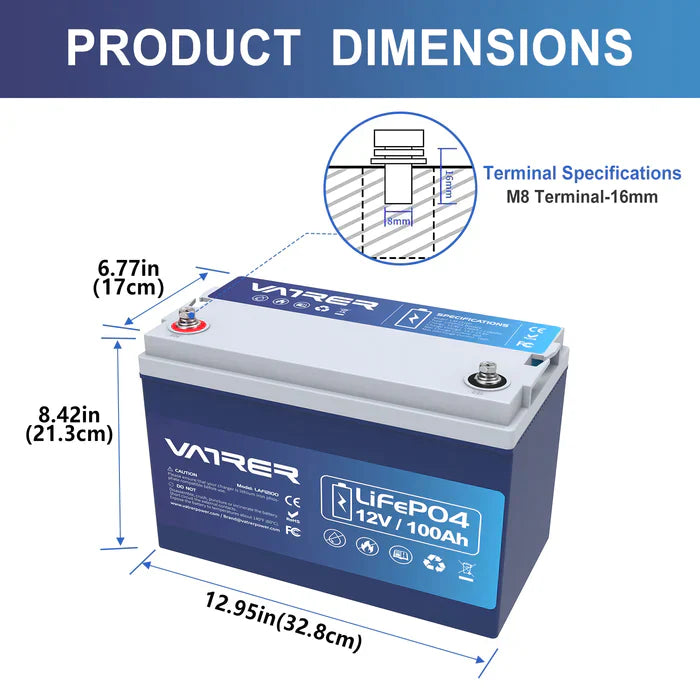




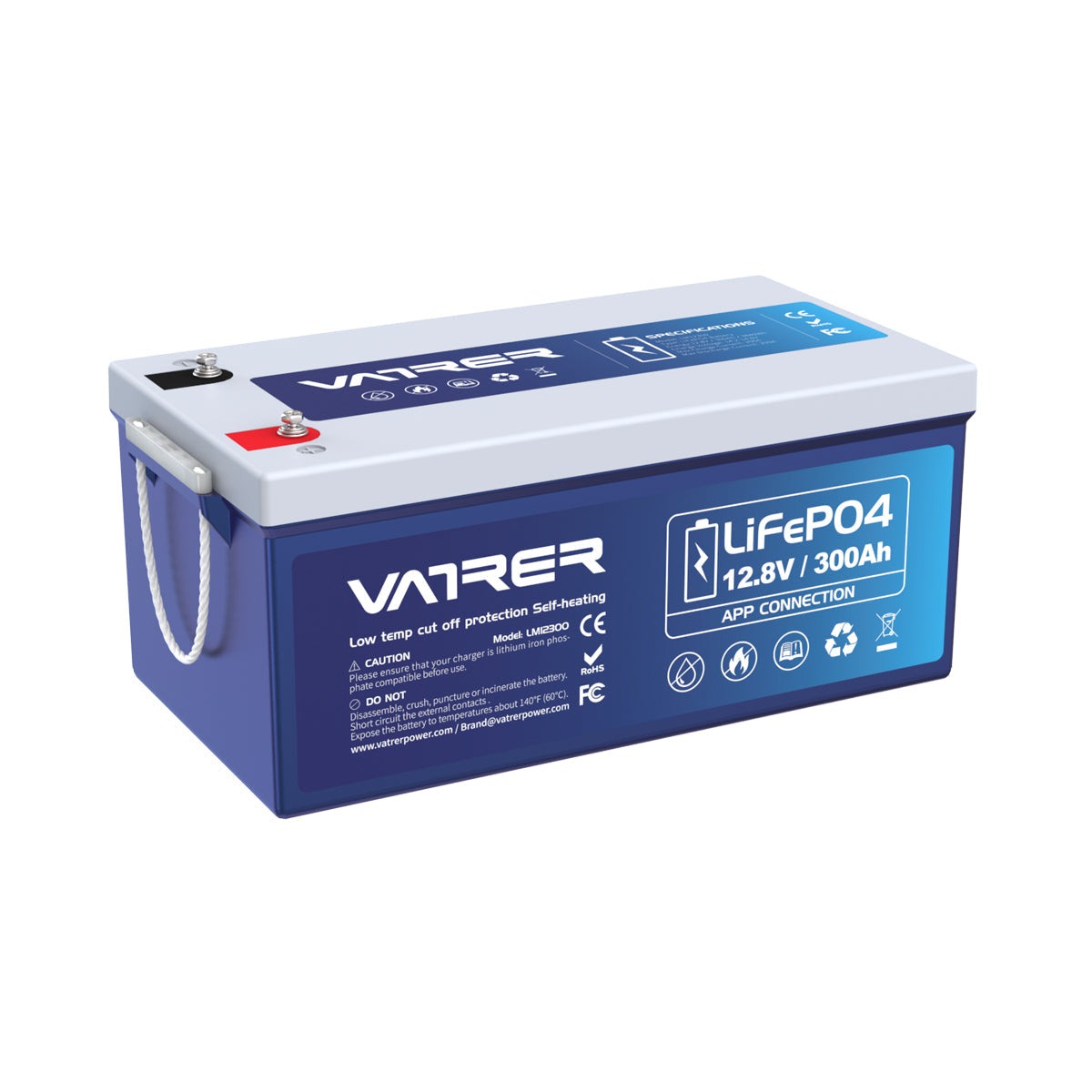
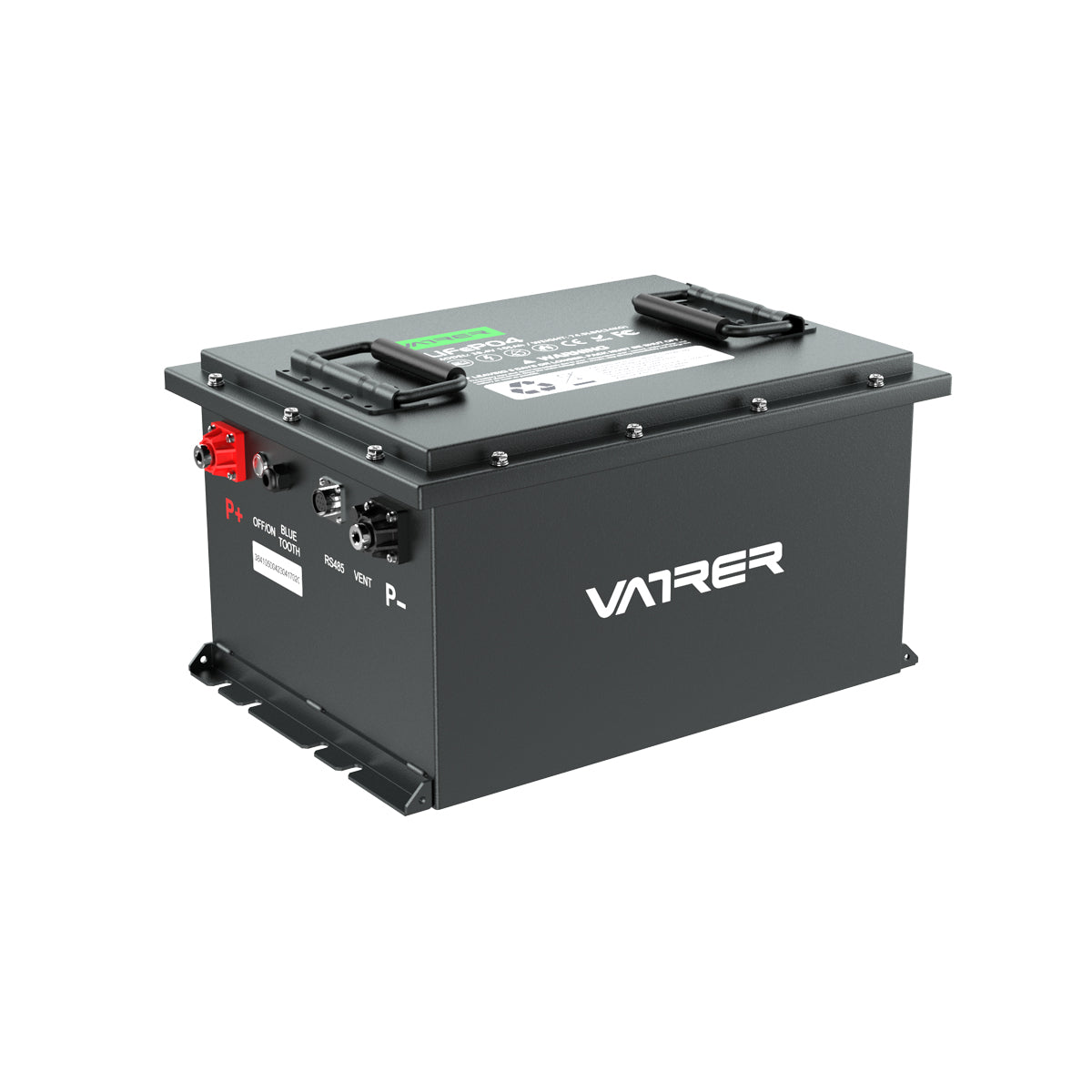
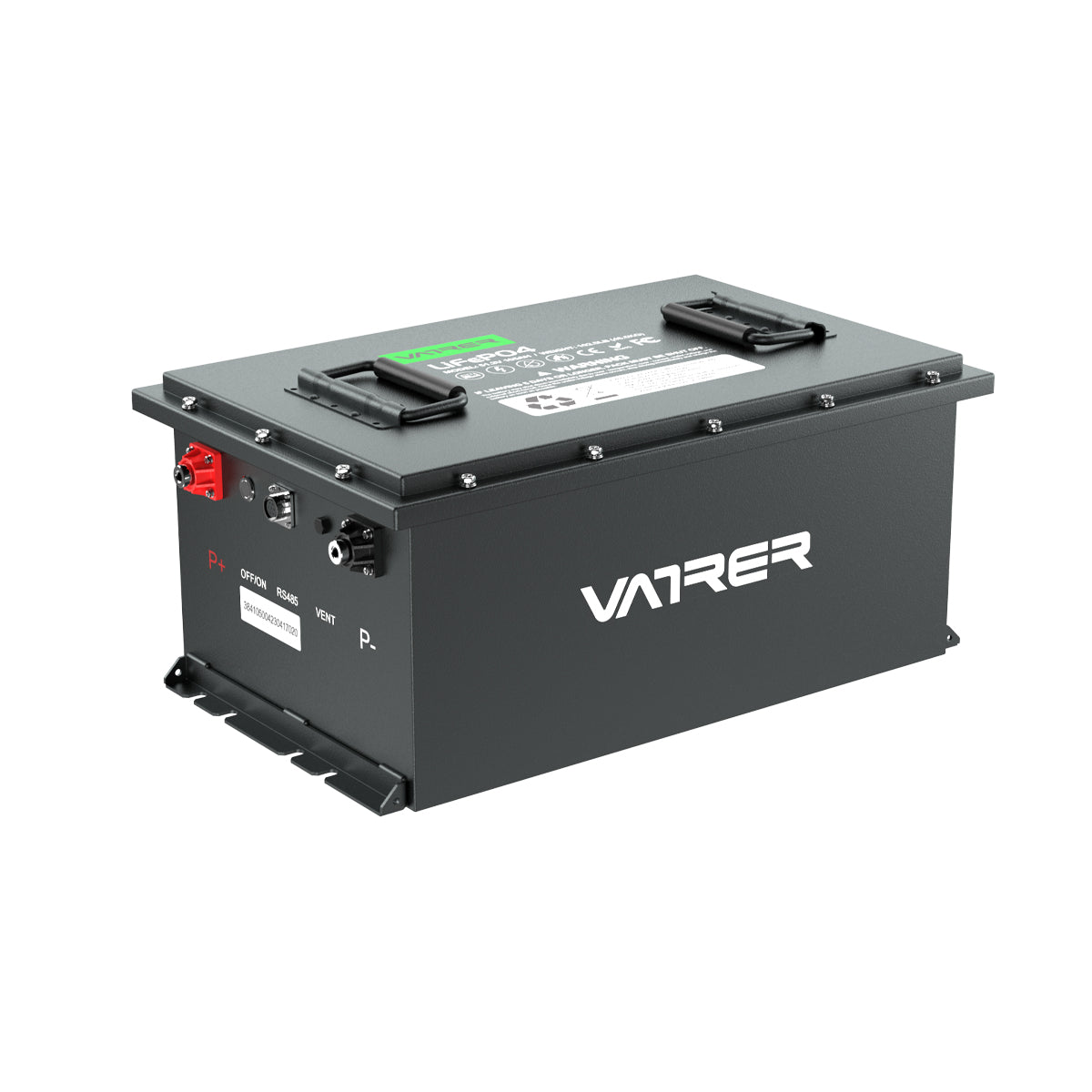






1 comment
Solar panel cleaning equipment
Your insights on solar panel cleaning equipment are very enlightening and valuable.
Your insights on solar panel cleaning equipment are very enlightening and valuable.